From the streets and wilderness of Panama, emerging Northeastern journalists have many stories to tell
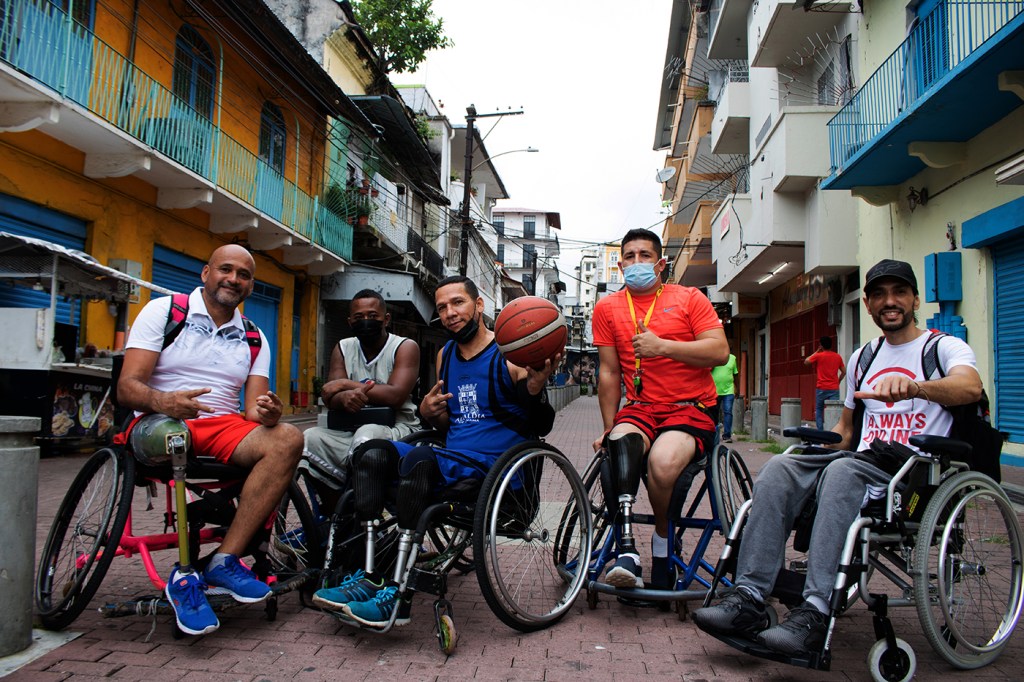
Sami Zagha never imagined that she would find herself taking photographs from the back of a pickup truck in the Panamanian wilderness.
Yet there she was, sitting next to fellow student Des LaFave, as they drove through rivers and over rough terrain. The bumpy ride meant her job of documenting this portion of her summer Dialogue of Civilizations experience would be a challenging one.
“It was so shaky,” Zagha, a rising second-year communications major, says. “I called it the photography Olympics.”
This was just one of the ways Northeastern students like Zagha learned to adapt during their month-long professor-led Dialogue, which ended in mid-June. The group of 17 students moved to six different locations during the trip, sleeping in hammocks, camping in the rainforest, touring cities and interacting with diverse communities.
In the process, they experienced a life-changing opportunity to learn on the job and collaborate with each other as they created their own multimedia projects. The trip will no doubt boost their journalism careers. But they also hope that their work—which was published this week in an online magazine—raises awareness of a variety of issues affecting the people and the environment of Panama.
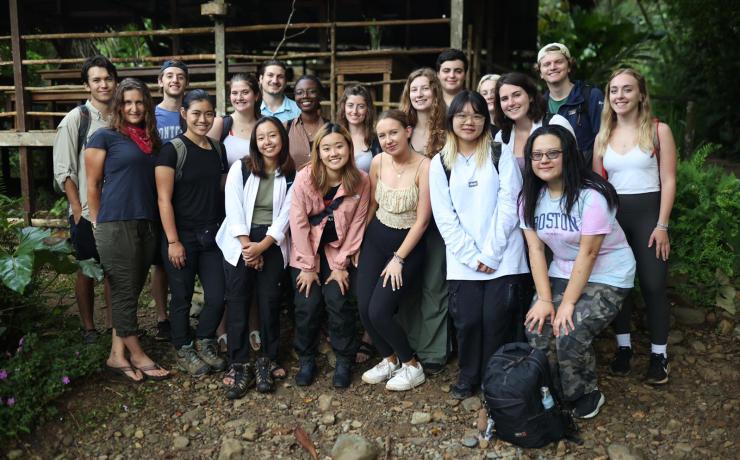
The choice to hold the Dialogue in Panama was initially a practical one. Carlene Hempel, a teaching professor of journalism in the College of Arts, Media and Design, has planned and led the journalism Dialogues since 2009, when she brought a group of students to Egypt. This year, Hempel wanted to go somewhere where the students would primarily work outside to reduce the risk of spreading COVID-19. But she found that working in Panama had another benefit: It was the perfect place for students to explore many different issues in one place, including climate change, local politics, disability rights, colonialism and more.
“[The student projects are] all so different, and they all tell snippets of what Panama is about,” says Matty Wasserman, a rising second-year journalism major. “If you read them all, I think that you can get a really cool picture of what the country is.”
One of those projects described the ubiquitous noise that could be heard in the country, which connects Central and South America.
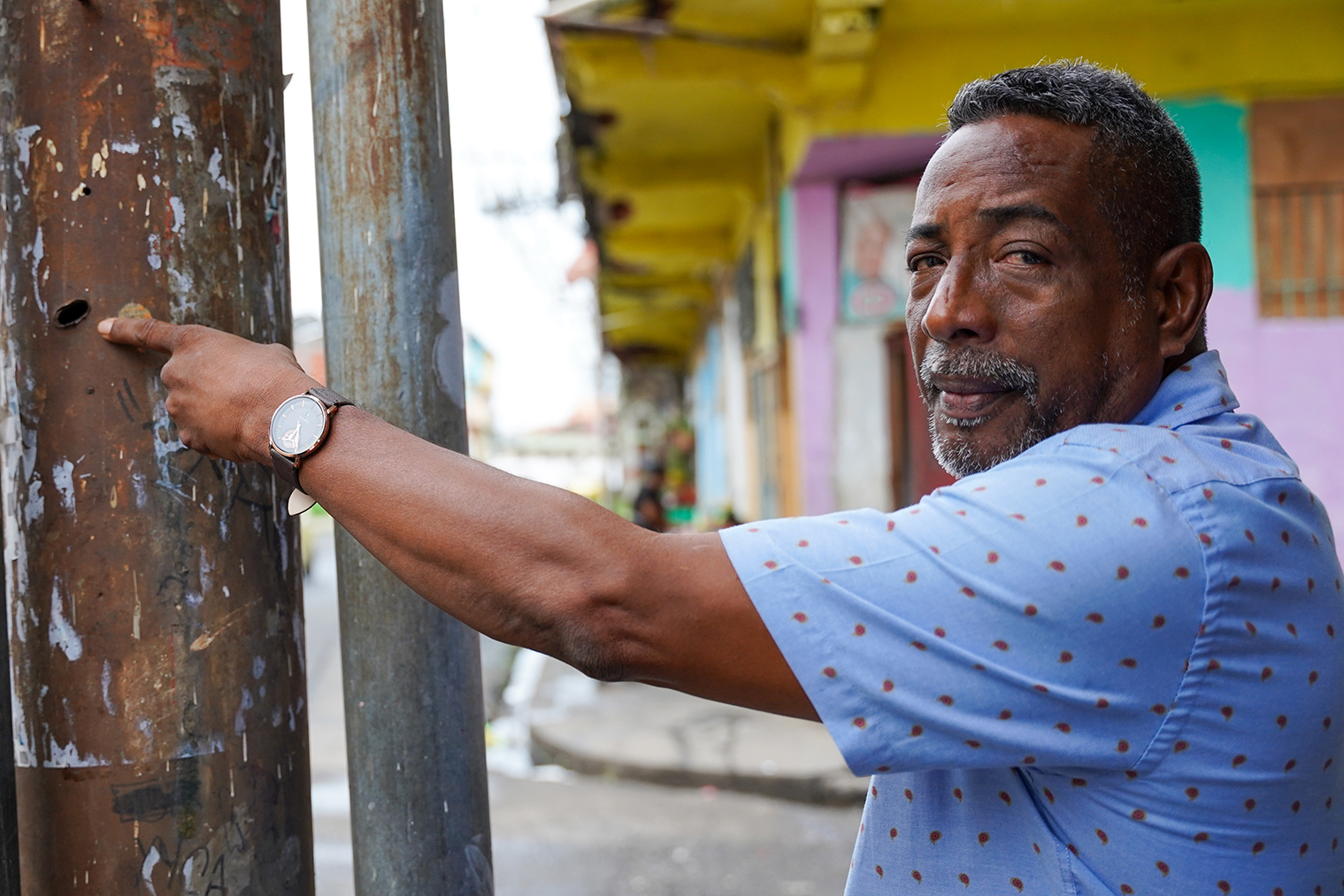
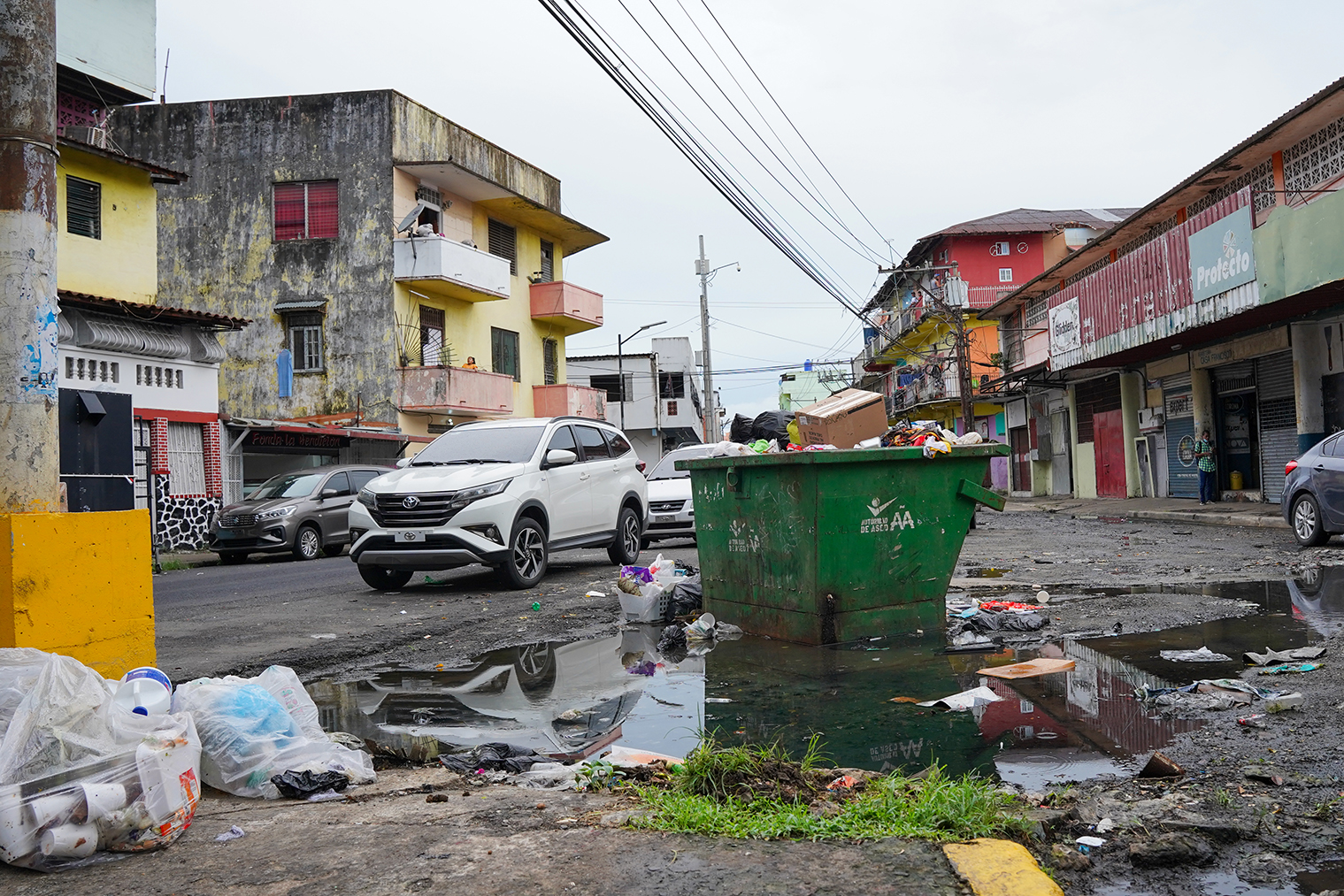
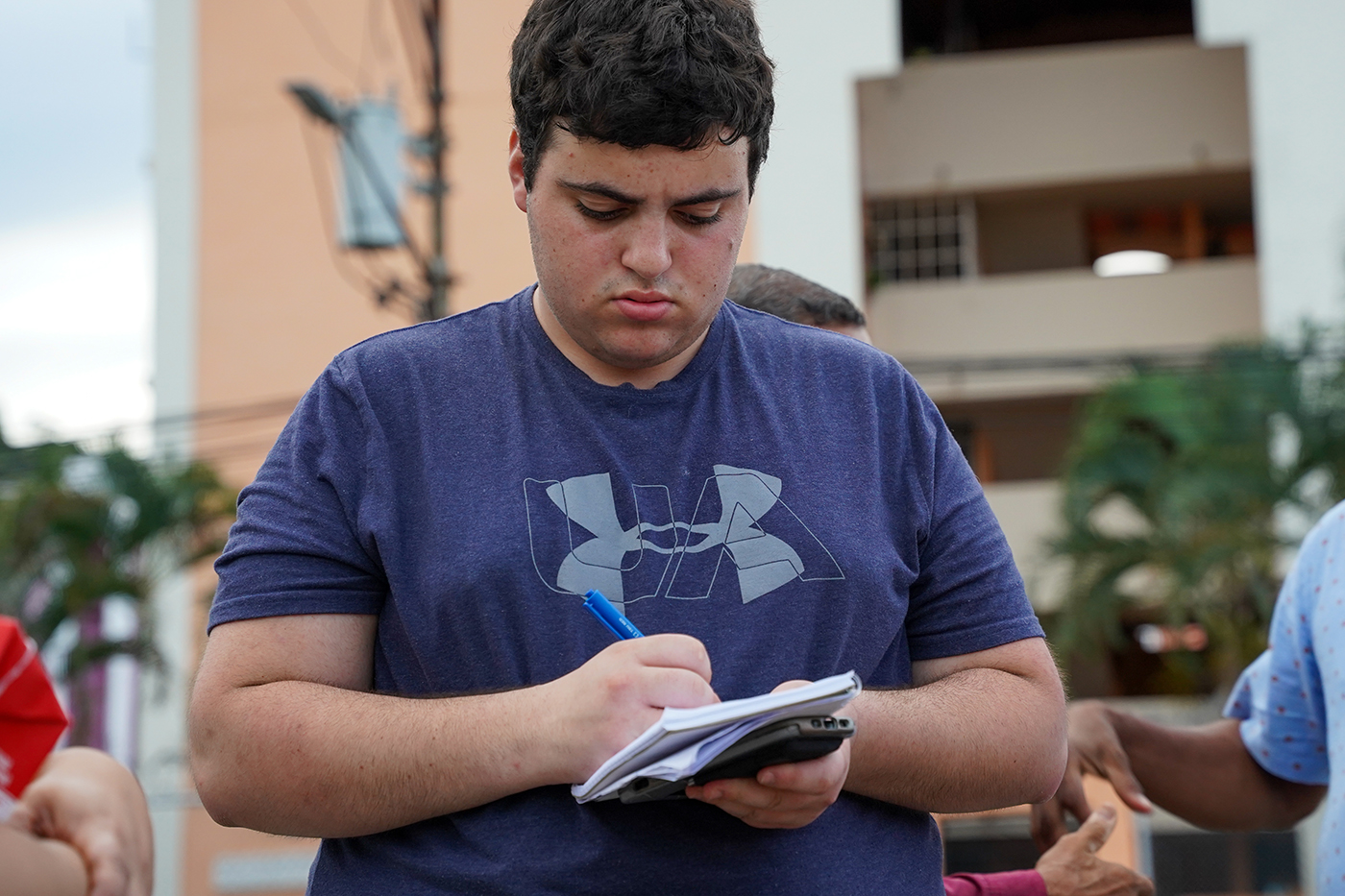
No matter where they ventured or what they wrote about, the sound of birds was inescapable. This is what Sofie Kato, who graduated in May with a focus on multimedia journalism, documented in her podcast about the declining bird populations in Panama’s rainforests.
Kato did her work at Barro Colorado Island, an island in the middle of the Panama Canal, which is run by the Smithsonian Tropical Research Institute of Washington, D.C. The island is a hub for scientists who study the troubling decline in bird populations over the past 50 years because of climate change and habitat loss.
The constant chatter made the island the perfect place to raise awareness of this issue in a podcast, Kato decided. After doing some research at home, she connected with the island’s scientists, who discussed the pivotal role birds play in the ecosystem and helped her identify the different species amidst the noises of the rainforest. Then, she used a zoom microphone to capture the bird calls, from the chirps of a red-capped manakin to the hoots of a crested guan, whose cacophony of sounds would form the backdrop of her work.
Most of the other students found their stories by chance. For LaFave, a third-year journalism and media and suite studies major, it was particularly serendipitous. While on a walk in Panama City, he and a few of his classmates saw a group of men in wheelchairs “flying down this cobbled street, weaving between people.”
LaFave approached the group and learned that they were wheelchair basketball players. He then attended their next practice and interviewed every member of the team. Through these conversations, he discovered how difficult it was for members of the team to navigate the city in their wheelchairs.
“They all talked about how accessibility in Panama City is really not up to par, and the local government isn’t complying with accessibility laws,” he says.
LaFave even followed one of the players for a day and filmed him in what became a short documentary highlighting the lack of compliance with accessibility laws in Panama. Through his work, LaFave also showed what a powerful force basketball is for this group of men.
“The basketball team provided them with a really important outlet. It was really clear that they all loved playing basketball,” he says.
The extemporaneous nature of the Dialogue meant students like Wasserman had an opportunity to explore brand new topics.
Wasserman is a second-year journalism student and avid sports writer, but when he was in Panama, he was drawn to a very different subject—the American influence in the country, specifically the 1989 invasion of Panama, which he calls “a blip on the radar of Americans.” As part of the invasion, United States forces attacked a neighborhood called El Chorrillo, which was the location of a military base.
Wasserman decided to go to El Chorrillo and speak to residents, some of whom had lived there during the attack. Residents told him about their experiences, the recovery and the development of a memorial. Through these interviews, Wasserman learned about the devastating impact of the attack—hundreds, if not thousands, of people died, and homes were destroyed; some buildings still have bullet holes. Meanwhile, survivors have both physical and emotional scars.
The resulting article illuminates an issue that eludes many Americans.
“Most people, myself included, didn’t know anything about the invasion when we first got to Panama,” he says. “That’s something that still impacts them years later, even though it’s not something that we necessarily think about.”
Other students highlighted politics, issues involving indigenous communities, and much more, in their projects, creating a diverse and insightful portfolio of work. Masters student Sophia Paffenroth, for one, came to Northeastern specifically to participate in the program. She co-wrote a story about how a major reconstruction project in Colón was displacing thousands of residents and reducing their access to jobs and community programs.
“The people there are really suffering right now,” she says. “They had told us that no journalist had been to the Altos de los Lagos housing project since it started. … So I think it’s just really important that the voices there get out and are heard.”
Regardless of what they covered, students raved about how the trip helped them hone their skills and further their careers.
Zagha is a photographer who runs her own photography business and was looking to diversify her portfolio. Now, her website will include photos of apartment buildings in Panama City, nature shots of the geckos who roam Barro Colorado, and an Embera man taking stock of a nearby tree.
“I knew that I would be pushing myself and I would learn a lot, and I would be able to create clips that I was proud of,” Kato says. “It was a good way to end my college journey.”
“It was definitely the most challenging but most rewarding journalism I’ve ever done,” says LaFave.
For media inquiries, please contact media@northeastern.edu.






